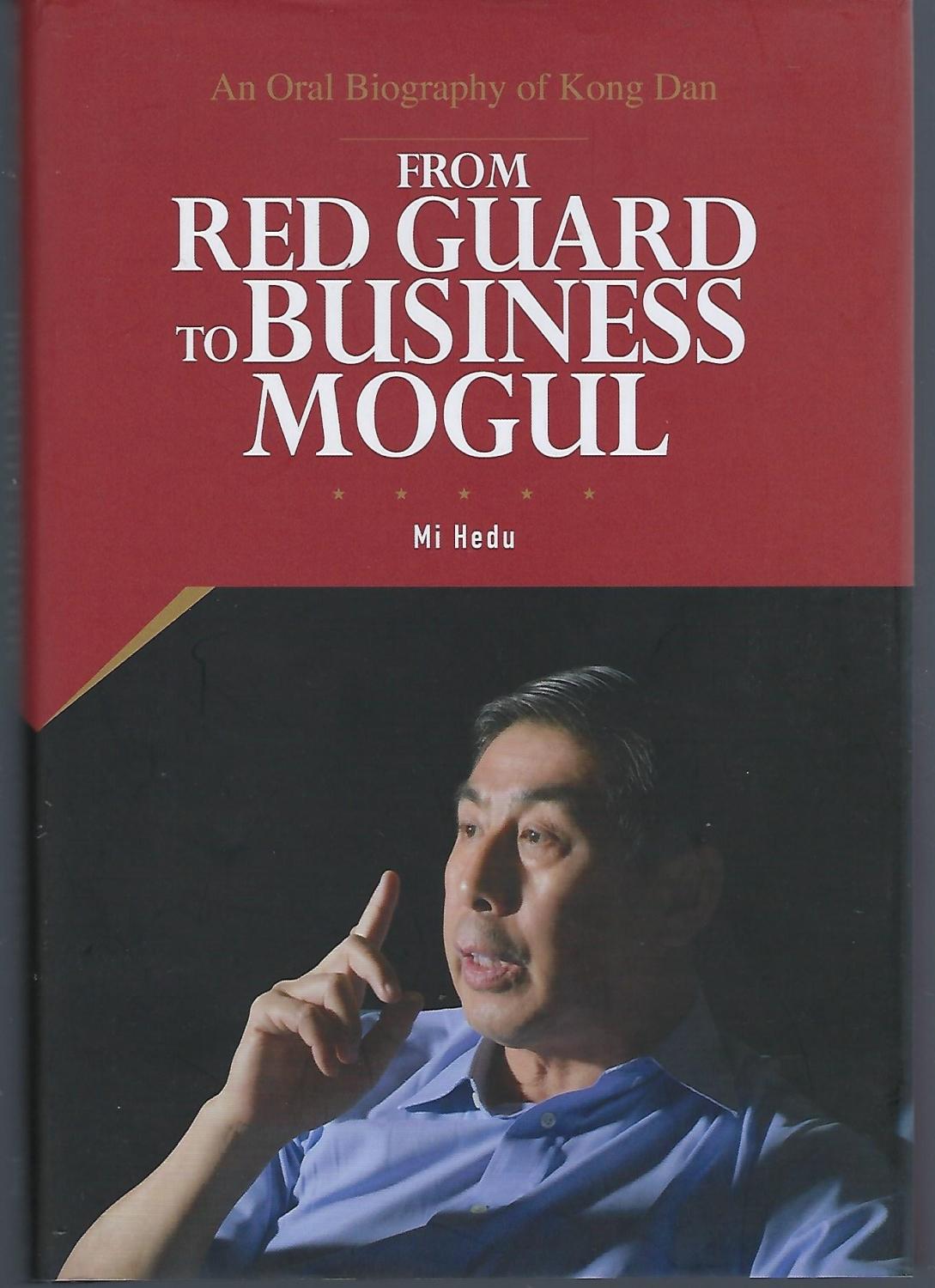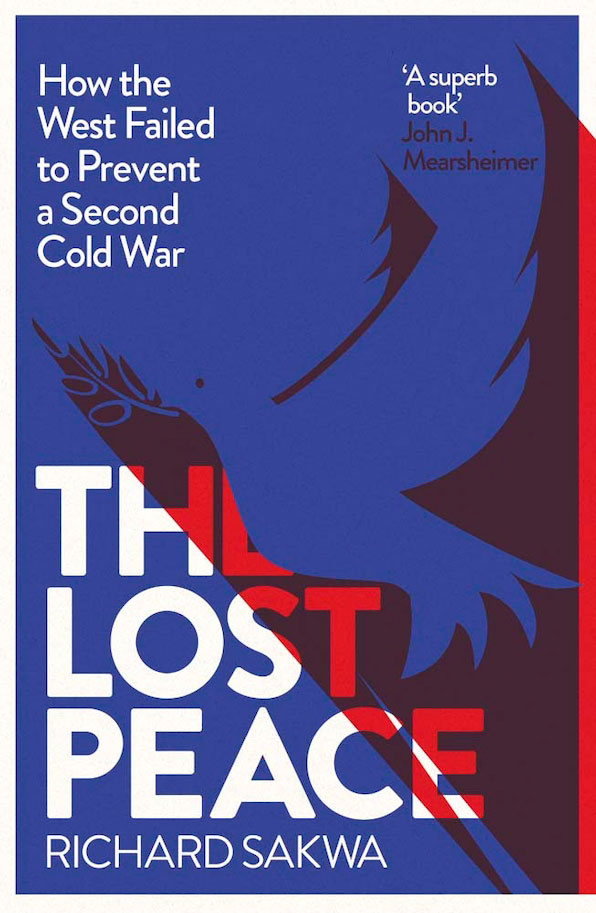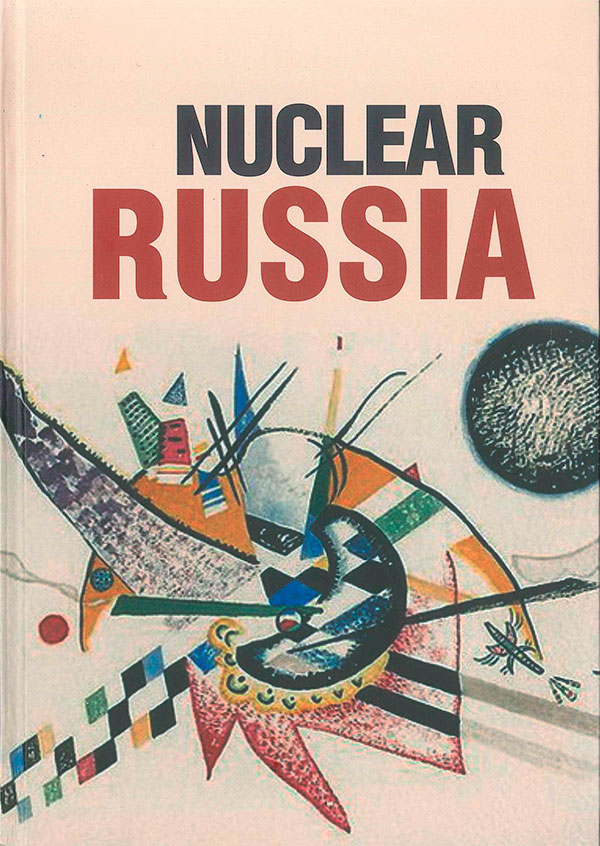... year. We see how strong US authority is, even for such major allies as Germany or Japan.
The two other great nuclear powers, Russia and China, cannot even roughly compare with the United States in terms of the scale and ramifications of allied relations. Their ability ... ... is negligible, despite the fact that Moscow, unlike Beijing, has formal allied relations with several countries of the former USSR. Among them, only Belarus is a reliable ally of Russia amid the current military-political conflict with the West, which ...
... world is becoming increasingly relevant. It is no coincidence that the President of Russia regularly addresses this problem. In one of his recent speeches at the forum... ... actually lost their sovereignty in favour of one of the superpowers — mainly the USSR.
The second wave of sovereignty is associated with the collapse of the world colonial... ... regimes as a kind of ideal “guarantee” that the bigger neighbours — Russia or China — could more insistently indicate to their small neighbours their place in the...
... are several factors that allow us to talk about good chances for success,”
the professor explained.
Firstly, he claims, during the Cold War, the Soviet Union was concerned with enemies on more than one front. Now, with Beijing on the side of Moscow, Russia can utilize China as a strategic resource, he went on to say. Secondly, the country is much more prosperous than it was during the latter years of the USSR. And most importantly, the West is significantly less powerful than it was in the past.
“But, to win even against a weakening but still powerful West, we need to pursue the right policies, both at home and abroad,”
Karaganov warned.
He also ...
... Arctic: 6.8 million square kilometers of sea, declaring it the polar territory of the USSR. As a result, the territory of the Soviet Union grew from the furthermost continental... ... providing the services of icebreakers. The vector set by Gorbachev remained central to Russian policy in the region for a quarter of a century. In the mid-2000s, the prospects... ... confrontation with Washington and a sharp decline in relations with its NATO allies.
China is thousands of miles away from the Arctic, so its interests in the region differ...
... imperialism would not dare renege on its commitments and become openly warlike. The illogic was that basing itself on this assumption, Russia went on to cut back on its own strength and abandon the policies that had led to the favorable shift in the world correlation ... ... to have been proven correct, in the main, or more correct than the optimists.
The next matryoshka doll was the view that the USSR could go it alone with its allies within the socialist camp, even if there was no consensus with China, in the teeth of objections from China and in the face of active antipathy from China. China too would make this mistake ...
... the camp of the aggressors, by subtracting from it.
There is yet another, earlier, grand strategic concept which arose in the USSR and is well known, which also remains salient in the present context but has to be integrated with the two above mentioned ... ... March 1923, which said that in the final analysis the outcome of events on a world scale will be determined by the fact that Russia, India, China etc. contain the overwhelming majority of the world’s population. This is of course the root of the Primakovian ‘RIC’ ...
As combat aircraft from Russia and the United States shadow each other over Syrian airspace, director Steven Spielberg has created an Oscar-quality film ... ... East German “Stasi” (ministry of state security) and their puppet justice minister.
Holding to the tradition of USSR-style “historical revisionism,” to this day the Kremlin has never acknowledged that Fisher was a spy on behalf ...
Russian Foreign Minister Sergey Lavrov’s article for Rossiyskaya Gazeta and Renmin ... ... of the end of World War II. This anniversary has special significance for Russia and China. Our countries fought Nazism and Japanese militarism together, they bore the brunt... ... II. The Soviet Union became the only state to provide real assistance to China. The USSR delivered modern warplanes, tanks, artillery systems, small arms, machine guns...
... open source statistics on the BRICS are reminiscent of the Glasnost days of Mikhail Gorbachev and the impending collapse of the USSR command economy. You can't be competitive producing, an award winning volume of, for example, porcelain dinner plates ... ... units. This is the situation with bulk iron ore and simple steel production.
Devaluation of the ruble is increasing demand for Russian ore and steel, notably at the expense of producers in India.
Meanwhile state and parastatal companies based in China and Hong Kong use clever methods to dominate world iron ore and crude steel production and their logistics. To assume that ...



